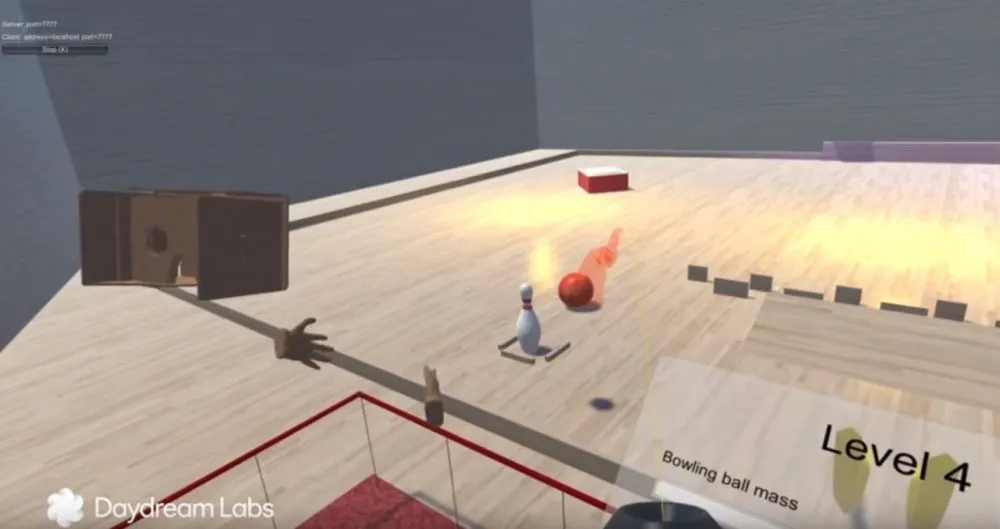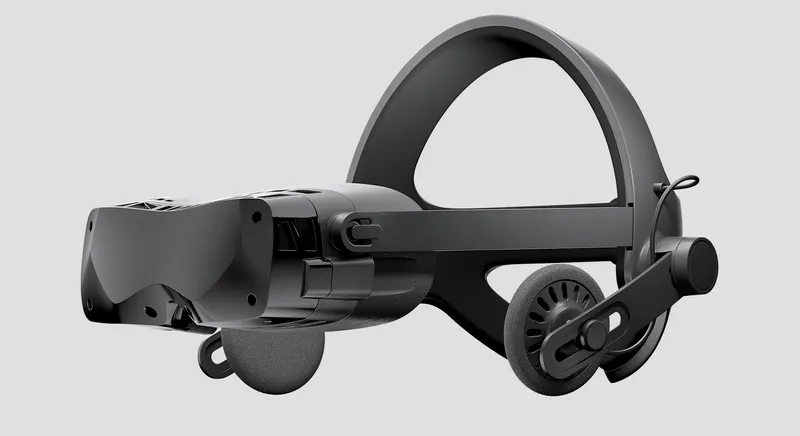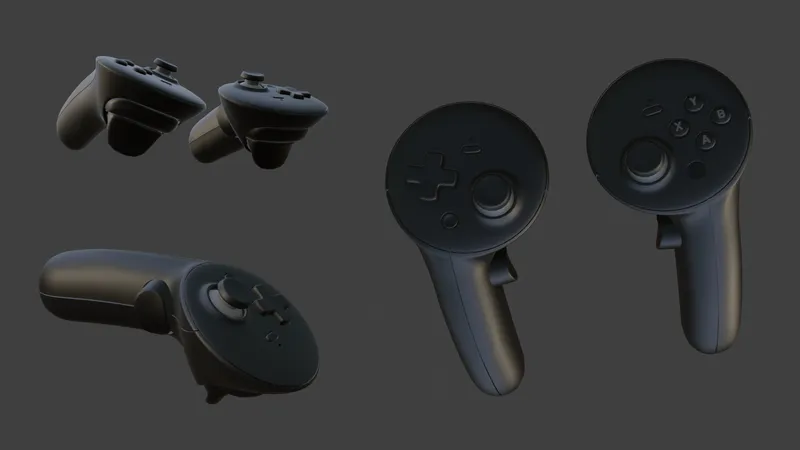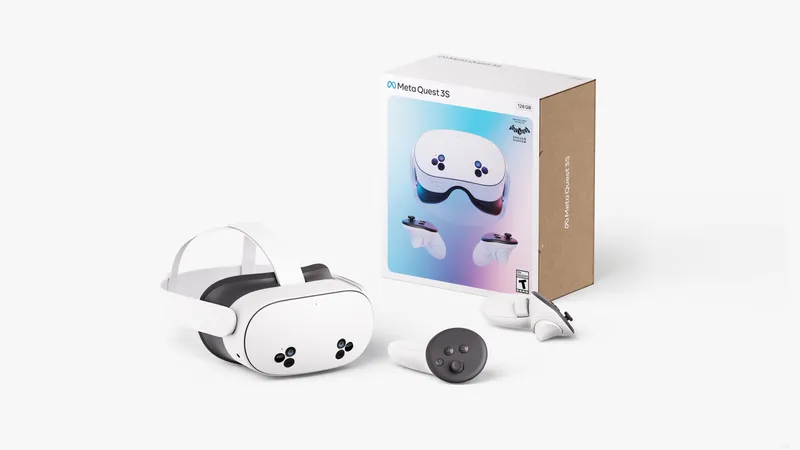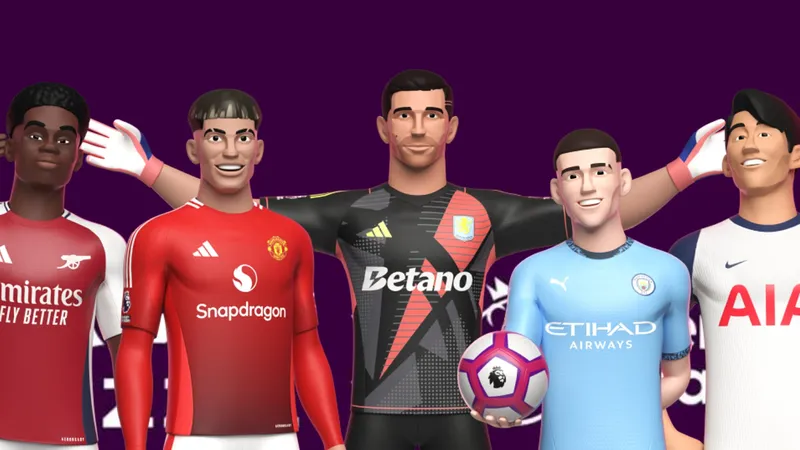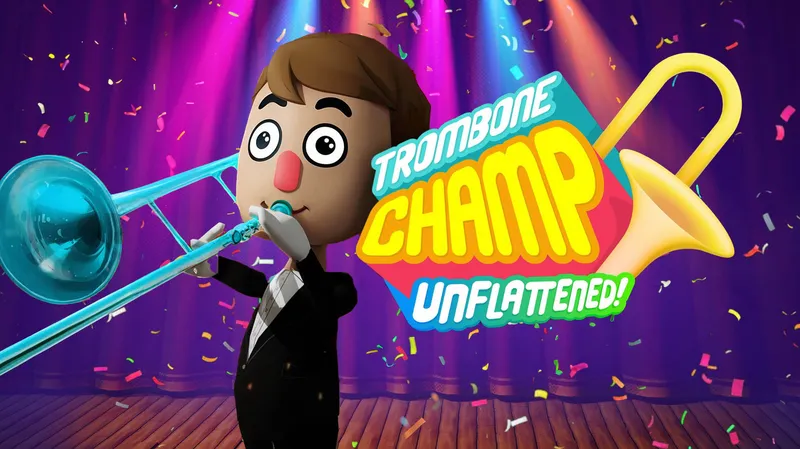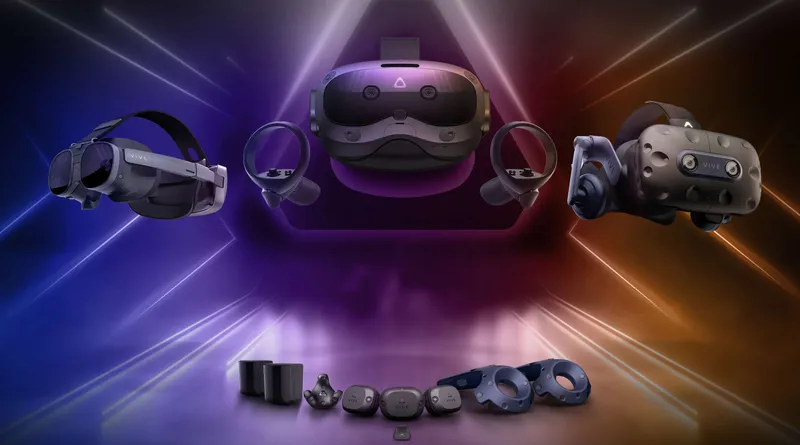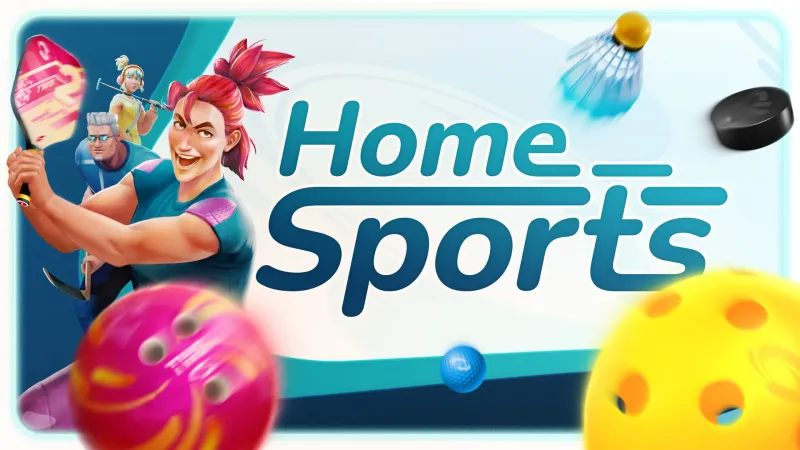Remember Google’s goggle-eyed Daydream Labs showcase from Google I/O last month? It’s back this week with two new experiences to showcase.
The search engine giant has released two small clips of Daydreams Labs gameplay online, showing two new experiences. The first is a bowling game in which two players stand in a box and, as you might expect, attempt to knock over pins with a bowling ball. It’s not your usual lane, however, instead resembling a wider area with only one pin that, weirdly, gets knocked over from behind. It appears players aren’t using the standard Daydream motion controller but instead the HTC Vive’s position-tracked wands.
Next up is a look at two players solving a puzzle. No, not some sort of Zelda-esque obstacle course or Portal-inspired mind-bender; an actual puzzle. Two players work together to piece together a picture, picking up sections and putting them in place with the position tracked controller. It looks simple, though it’s undeniably adorable when one player raises their hands in celebration when one piece goes in place. You can find out more about both experiences in a Google VR blog post from Software Engineer Rob Jagnow.
We’re not sure what’s going to become of Daydream Labs. A release looks likely, but what form will it take? Will games such as these be simple minigames to choose from a menu? Could it see a release on other HMDs for cross-platform play? One thing we do know is that Google will be stopping trolls from interfering with it.
To experienced VR users these videos won’t set the world on fire, but Google’s focus is more on the accessibility of VR. With the release of Daydream ready smartphones later this year the company hopes to unify the mobile VR ecosystem so that practically anyone buying a new smartphone from here on out will have a VR compatible system in their pocket. That means that these experiences will be available to everyone, and not just something you show to your friends on your $599 Rift/$799 Vive when they visit.
With Daydream set to launch towards the end of this year, we’re hoping to see the first approved headsets and motion controllers soon. Google itself is making some too.

